With all the buzz about unsafe food, who isn’t sick of the risks? Let’s face it, we all have to eat! And no one wants to eat in a bubble. Life without good food is like a sky without birds. So what can we do to make sure what we eat is safe? How can we see to it that we make it from the dinner table to good health, yet enjoy the enchanting tastes and aromas of delicious food?
Here are 7 suggestions that I hope will inspire you to enjoy food without fear:
1. Grow your own! That way, you will know exactly where your food comes from and what went into it. This is the optimal way to enjoy food, since the freshness and nutrition of home-grown food is unsurpassed. It’s easier than you think- even city dwellers can grow veggies and all sorts of things in containers. Just make sure you grow things in good, rich, uncontaminated soil, and water with clean water free of harmful chemicals. Consult a trusted garden book or a knowledgeable person who can give you good growing tips. If you decide to raise your own meat, the same principles apply. Some city folks have even found ways of raising their own meat in urban areas! I’ve heard of them raising miniature chickens in cages on their patio.
I applaud this, but if you plan on attempting it, please make sure you understand the consequences of what you’re doing! (For example, roosters are out of the question if there will be a noise issue, but a few bantam hens might be quiet enough not to bother anyone. And think of what would happen if your landlord or the town found out!) Hunting game is another option if you’re willing to go through the killing-your-own ordeal. (Remember, it beats eating meat from a factory farm. Just make sure it wasn’t feeding from a toxic waste dump!) Again, there are many books and publications that will help you get started, some of which are on my blog. If these homegrown options won’t work for you right now, try the next suggestion.
2. Shop at a farmer’s market. Now that local foods are in demand, the farmer’s market is in style! It is amazing what one can find there. Not only can you buy fresh, delicious veggies, but there might be some unexpected delights to be found. Look for freshly baked breads, artisan cheeses, free-range meats and sausages, homemade goodies, crafts, and more. Most of the money you spend at a farmer’s market goes directly towards the growers and helps promote a healthy, sustainable lifestyle. This is food with real value, and it has a “face and a place”. And, most importantly, it is safer than supermarket food because it got personal attention every step of the way. Food raised and processed on a small farm with more human care has a drastically smaller chance of posing a health threat than that which is grown on a factory farm and processed exclusively by machines. In fact, many people believe that it’s the human touch that gives food it’s most value when it has been cared for and appreciated. Sort of like with ourselves…
3. Buy in bulk. In most cases, the more you buy the better deal you get. This might be harder to do if you’re short on space. But if you can purchase a significant supply of a safe, wholesome food item, why not? Dry goods are easier to stash than meat, due to the chill requirements. A good local butcher shop might be able to offer a whole beef cow or other meat and package it for you however you like. A deep-bed freezer in your home could be tremendously helpful, or it might be possible to rent a cold locker in a local store for your bulk meats and frozen foods.
The secret to using bulk foods is to promptly repackage them into smaller quantities. This should make them much less vulnerable to insects and pathogens, since you are not opening or thawing the whole amount each time you use it. Instead, you are using an individually packaged portion so that the rest remains fresh in it’s own sealed package. After the initial effort of packing, it is very convenient and saves time later on. And you get to personally supervise this step.
4. Cook from scratch. Not only do foods made from scratch taste better, they are less expensive and have more food value than pre-made and processed foods from the supermarket. In addition, you will know how the food was prepared and what went into it. If you are pressed for time, try using timesavers in the kitchen. My favorite example is the slow cooker. I can turn on the crock pot at night and while I’m sleeping the meal is cooked! In the morning when I wake up I am greeted by the delicious aroma. This is especially a great choice for meats, since it cooks them thoroughly and tenderizes them to a mouthwatering texture.
The meat broth from the slow-cooker is an added useful bonus and can be used along with other foods as a seasoning for veggies, noodles, etc. In a hurry for breakfast? No problem, just cook some oatmeal in the crock pot overnight on the low setting, and when you wake up, there’s your warm breakfast! Try this with whole grains or experiment using whatever you have on hand.
5. Maintain safe and hygienic culinary activities. Perhaps this tip is obvious, but it’s worth mentioning. ALWAYS wash hands before handling food! Keep all surfaces that will come in contact with food scrupulously clean, and be sure to wash all dishes and implements afterward. Always wash and dry any surface that came in contact with raw meat before using that surface for anything else.
Keep pets, animals, bugs, and other critters away from the food preparation and dining areas. Encourage anyone with a contagious illness to forgo being chef and cook for them instead. Quickly chill leftovers, and heat them thoroughly before eating again. Throw out or compost suspect food. Make sure that you wash all fruits and veggies, and discard areas that are past their prime. Use common sense at all times. Consult reliable instructions for further information.
6. Learn to preserve. When done properly, home-canned and preserved foods are without peer for taste, economy, and safety. This is a subject worth researching, especially if one lives in a cooler climate. If you are new to the rewarding art of food preservation, then surf the net or stroll on down to your local library. Check out my blog for some great books to read. Or talk with someone who knows how to can the modern way, or an old-timer who is known for food preservation. A food dehydrator is a great investment and the results take up little space. If you’re the adventurous sort, learn how to lacto-ferment. Just make sure whatever you are doing is safe and contributes to a healthy, self-sufficient food supply!
7. Cut out junk food. It makes us unhealthy and lowers our resistance to germs and toxins. The worst offenders are processed foods and food with refined sugars, white flours, and artificial ingredients. Read the ingredients, and avoid ones you cannot pronounce. Just because it’s at the store doesn’t mean it’s safe to eat! The empty calories and additives can be as harmful to one’s health as eating spoiled food. In fact, many times processed food is rancid anyways, but the chemicals are added to mask that fact. And who needs to eat chemicals that Mother Nature never meant to exist?
Know your body and know what health foods are good for YOU. Yes, I realize that avoiding junk food takes effort, but it’s worth it! If we stick to fresh fruits in season and homemade goodies (in moderation!) from local ingredients, then we will be rewarded with healthier minds and bodies and a safer food supply. And lots of times we are surprised at how delicious homemade goodies taste.. Mmmm! Much better than from the supermarket! And what a great way to involve our children or friends, making goodies together! Let’s get together, experiment, and have fun!
 by Melinda Myers
by Melinda Myers

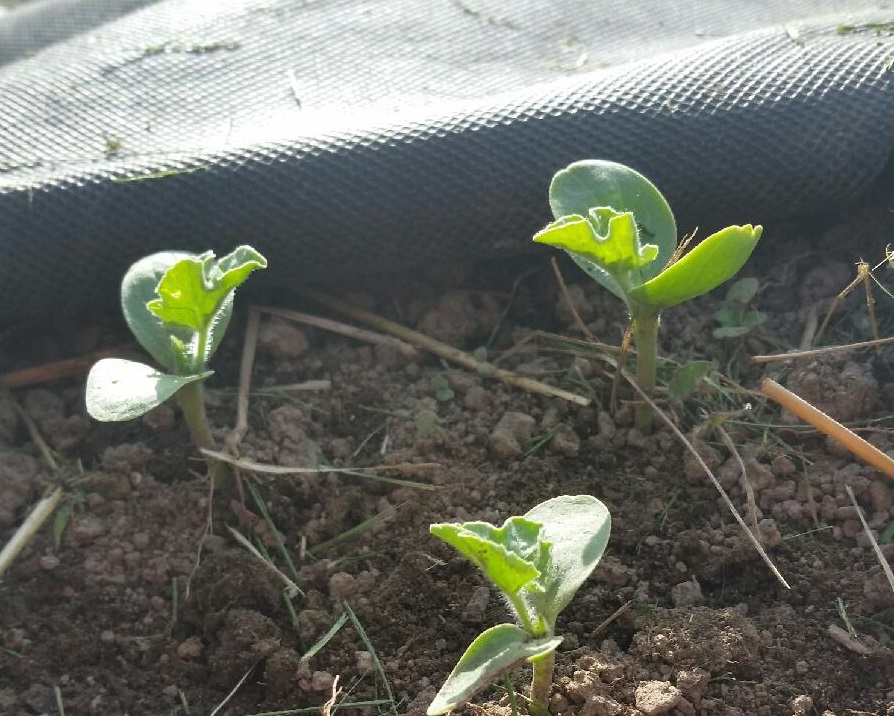


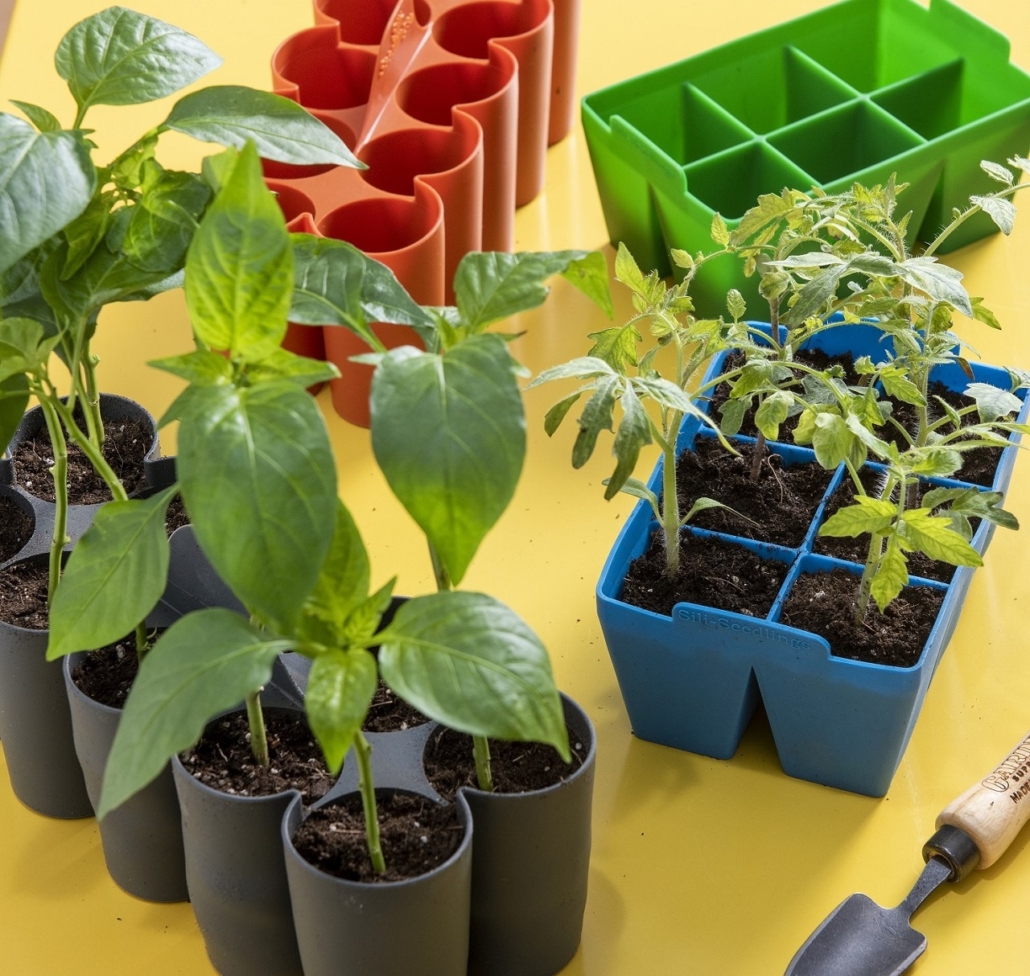
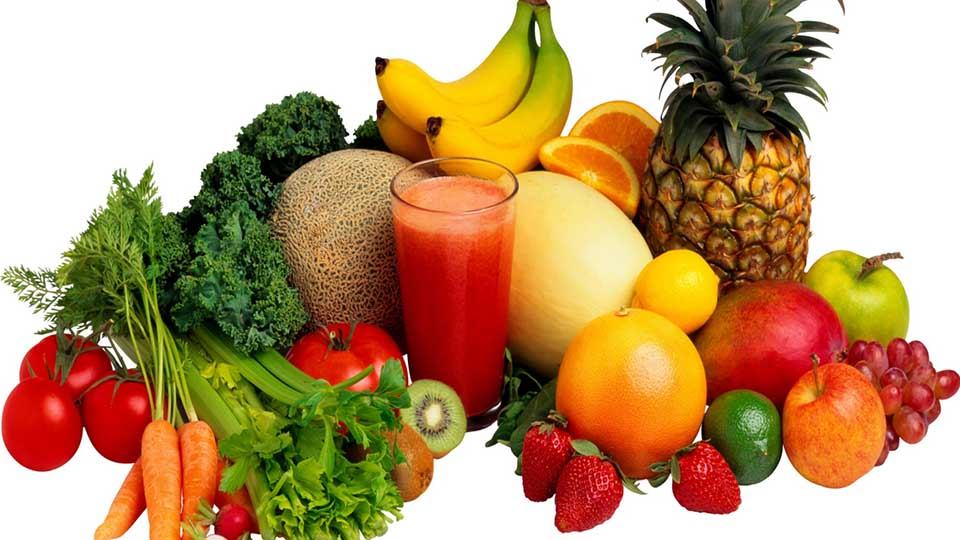

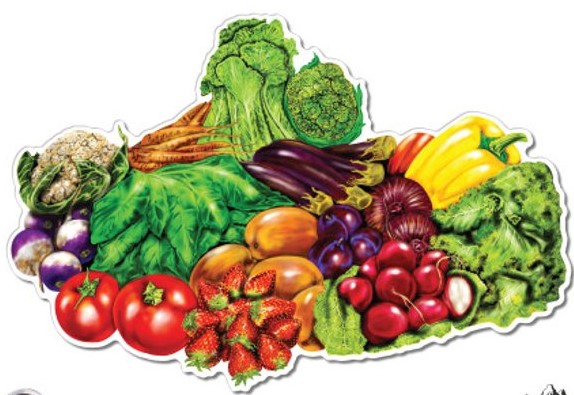

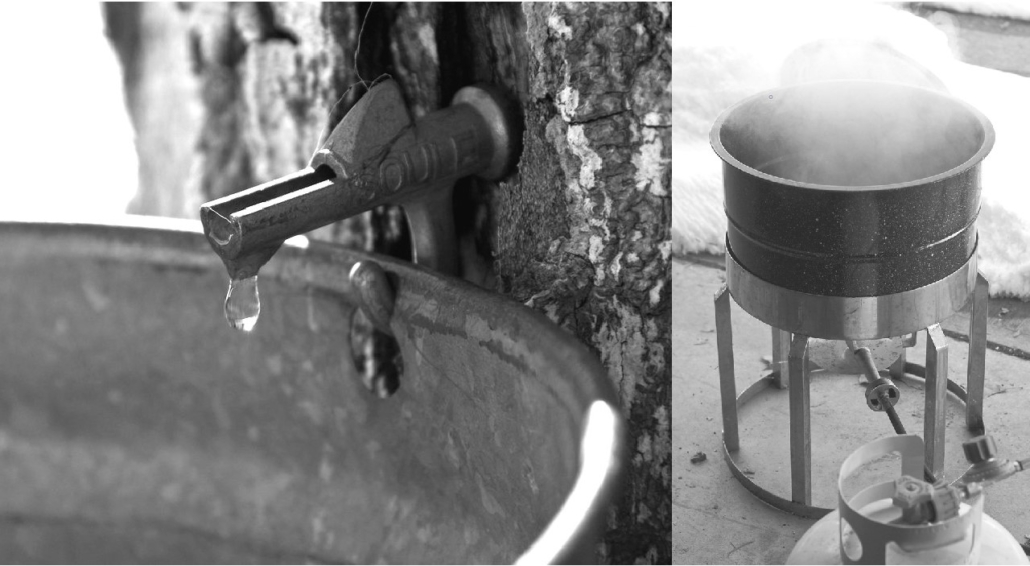
 Anyone can do this!
Anyone can do this!